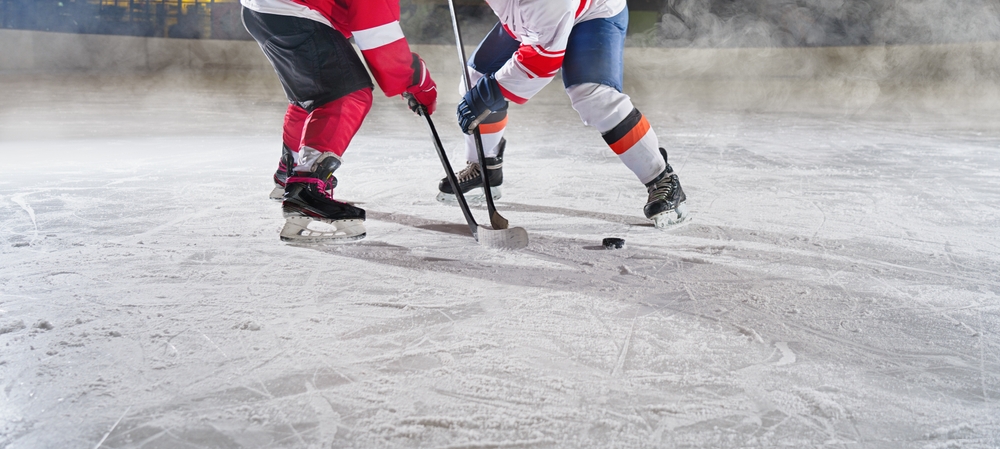Decoding the Science Behind Ice Hockey Skating Techniques
It's gripping, it's thrilling, it's hockey—an icy game that defies the laws of physics. Let’s delve into the fascinating world of ice hockey skating techniques, where agility, speed, and strength come together in a symphony of motion. Ice hockey, as a sport, took birth in the mid-19th century in Canada. Its early development was influenced by various indigenous stick-and-ball games and was later refined by British soldiers. As the sport evolved, so did the techniques required to master it. The basic skating techniques in ice hockey include forward stride, backward stride, crossovers, stops and starts, and pivots. These techniques have been honed and perfected over the years, greatly enhancing the overall speed and precision of the game.

Contemporary Ice Hockey Skating Techniques and Trends
Modern ice hockey skating techniques are a result of rigorous training and innovative adaptations. The forward stride, once a simple technique, now involves the use of the entire lower body for maximum propulsion. Similarly, the backward stride and crossovers have evolved to include intricate footwork for better maneuverability. The latest trends in ice hockey skating techniques also include the use of sports science to improve performance. Biomechanics, physiology, and motion analysis are now part and parcel of training sessions.
The Benefits and Challenges of Mastering Ice Hockey Skating Techniques
Mastering the skating techniques in ice hockey can greatly enhance an athlete’s performance. It can increase speed, improve agility, and boost the player’s overall game tactics. However, mastering these techniques is not easy. It requires a combination of strength, balance, and endurance, along with impeccable coordination skills. The challenges include the risk of injuries, the physical demands of the sport, and the time commitment required for practice.
Applying Ice Hockey Skating Techniques in Real-world Scenarios
The techniques used in ice hockey are not restricted to the sport alone. They have real-world applications too. For instance, the forward stride technique can be used in figure skating and speed skating. The backward stride and crossovers can be adapted for dance choreography on ice. Moreover, understanding these techniques can also be beneficial for sports therapists, trainers, and coaches working in the field of ice sports.
The Science Backing Ice Hockey Skating Techniques
Research has played a pivotal role in the evolution of ice hockey skating techniques. Studies on biomechanics and physiology have led to better understanding of body movements, muscle use, and energy expenditure during the game. This has resulted in the development of more efficient training programs and injury prevention strategies.
To sum up, the world of ice hockey is a fascinating interplay of science, skill, and strategy. The skating techniques used in the sport have evolved over time, adapting to the changing needs of the game and the players. The journey into the realm of these techniques offers a glimpse into the relentless pursuit of excellence that defines this high-intensity sport. With continuous research and innovation, the future of ice hockey promises to be even more exciting.






